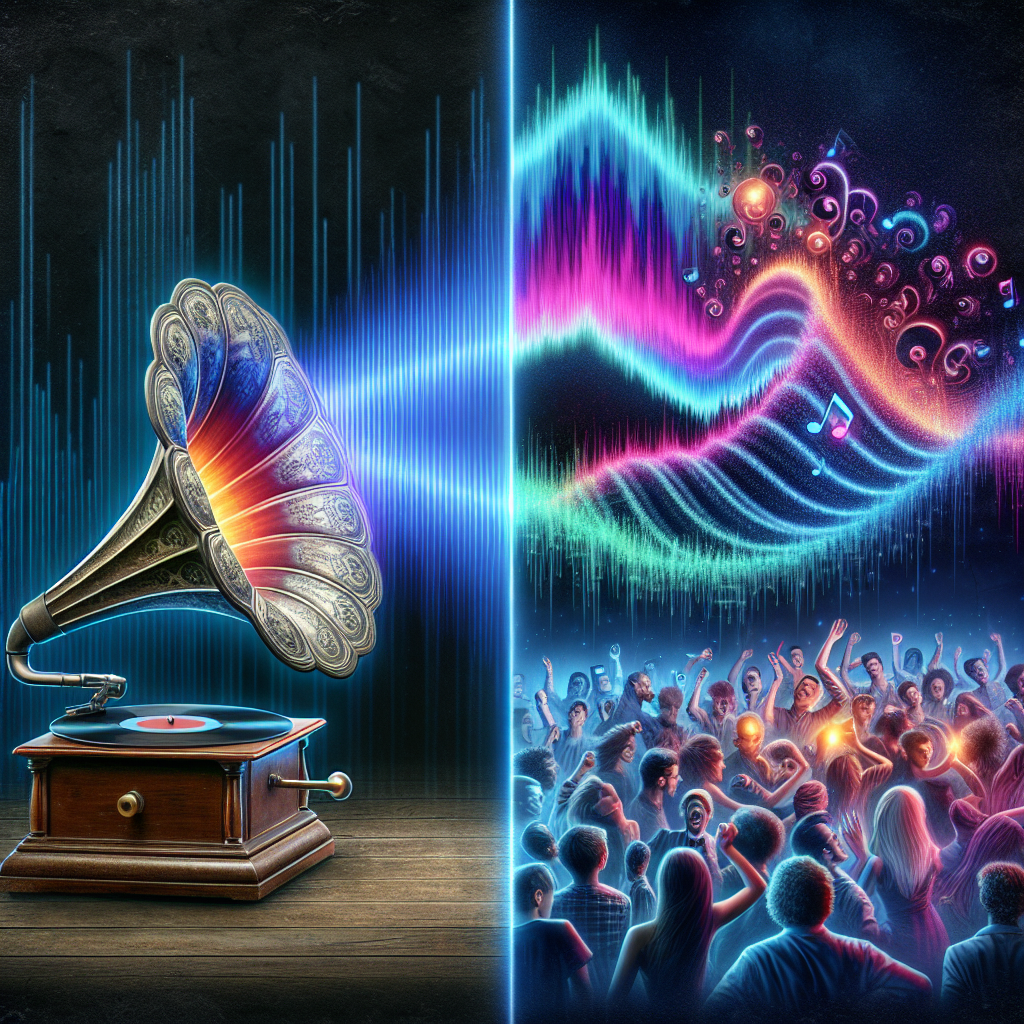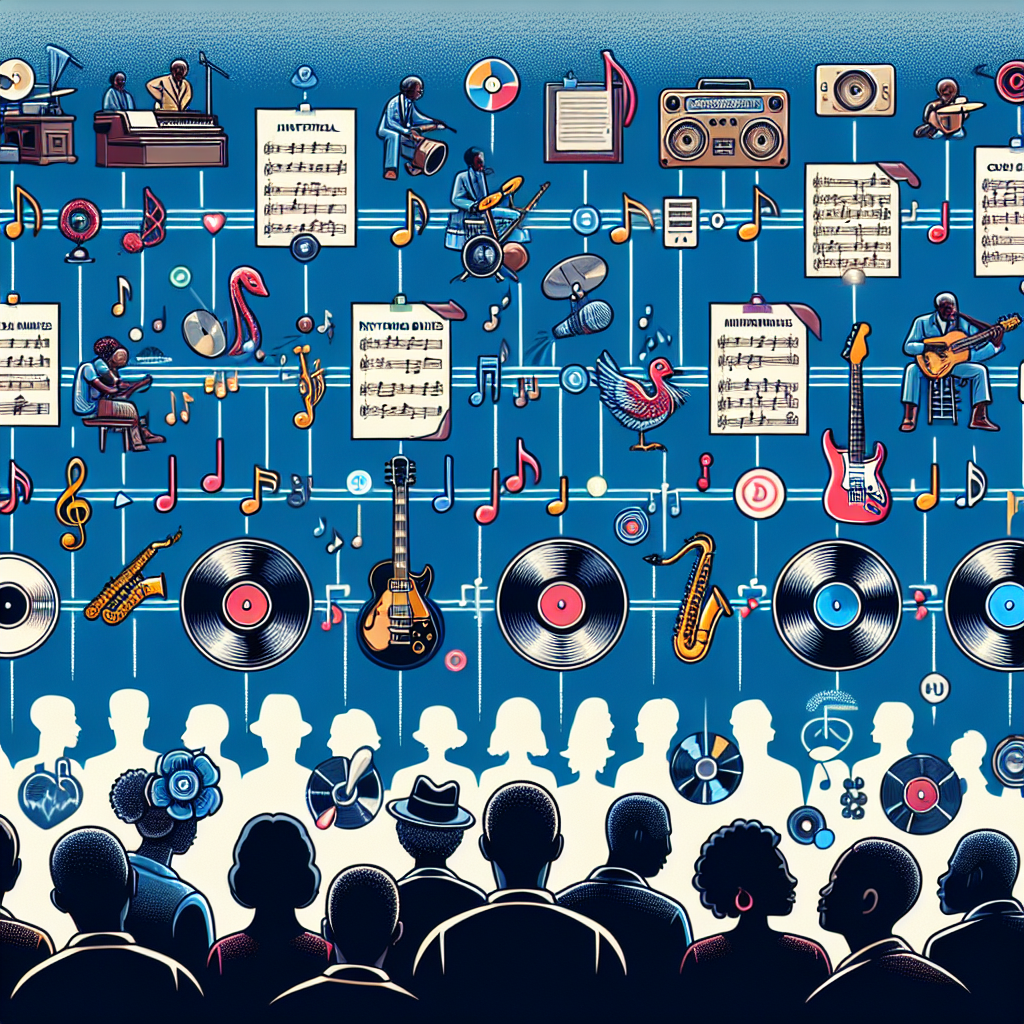Jazz is a musical genre that has captivated music lovers for more than a century with its complexity and improvisation. Among other elements, swing rhythm stands out as one of the most impactful features of jazz, changing the course of the genre and shaping its unique sound.
The Concept of Swing
Swing is a specific rhythmic feel in jazz music, characterized by a strong imbalance between beat promulgation and beat resolution. This imbroglio is a radical departure from the regular and even rhythmic pulses found in many other music genres.
Swing in jazz is not a simple matter; it varies from musician to musician, and band to band. Swing involves the downbeat and upbeat, where the time ratio can differ quite substantially. It tends to focus on the offbeat, creating a distinctive syncopation that gives jazz music its exceptional feel and musical language.
The Emergence of Swing in Jazz
The influence of swing in jazz began in the 1920s with the dawn of the Jazz Age. As jazz music became more and more popular, the introduction of swing rhythm brought new excitement and energy. Louis Armstrong was among the pioneers of this swinging style, creating a revolution in the jazz music world with his distinct playing method.
Swing Era and Big Band Jazz
The Swing era (1930s-1940s) was a significant period in jazz history when the swing rhythm dominated the genre. The Big Band orchestras played a pivotal role in popularizing the swing style throughout this period. Big bands like those led by Duke Ellington, Count Basie, and Benny Goodman became icons, bringing swing jazz to dance halls and radio stations across the country.
The Big Band era marked the time when jazz became a dominant force in American popular music, and the swing feel was at the heart of this success. The big bands’ energetic and uplifting sound, with robust and swinging rhythms, connected with a wide audience, making it a popular music style.
Influence of Swing in Modern Jazz
Even after the decline of the swing era, the influence of swing rhythm remained foremost in jazz music. Swing rhythm continues to be an integral part of many modern jazz subgenres, like Hard Bop, Cool Jazz, or Modern Creative.
Today, swing rhythm remains a defining characteristic of jazz, influencing both the improvisation techniques and the overall sound of this extraordinary music genre.
Conclusion
Swing has indeed played an influential role in shaping jazz music. This unique rhythmical pattern has fueled the popularity and growth of jazz since its inception. Even today, swing’s potent influence remains, a testament to its lasting appeal and importance. Understanding swing is fundamental to comprehending the breadth and depth of jazz music, as it remains one of the genre’s most defining and influential characteristics.
FAQs
1. What is swing in jazz?
Swing in jazz refers to a specific rhythmic feel characterized by a strong imbalance between beat promulgation and beat resolution, often focusing on the offbeat and creating distinctive syncopation.
2. When did swing start in jazz?
The influence of swing in jazz began in the 1920s with the dawn of the Jazz Age. Louis Armstrong was among its pioneers.
3. How did swing influence the Jazz Age?
The introduction of swing rhythm brought new excitement and energy to jazz music. It revolutionized jazz, making the music more engaging and appealing to wider audiences.
4. Why is it called the “Swing” era?
The “Swing” era is named for the dominance of swing rhythm in jazz music during this period. It was a significant time (1930s-1940s) when swing rhythm was the defining characteristic of jazz.
5. Does swing rhythm still exist in modern jazz?
Yes, swing rhythm remains a key feature of many modern jazz subgenres, contributing significantly to the unique sound and improvisation techniques in jazz.




